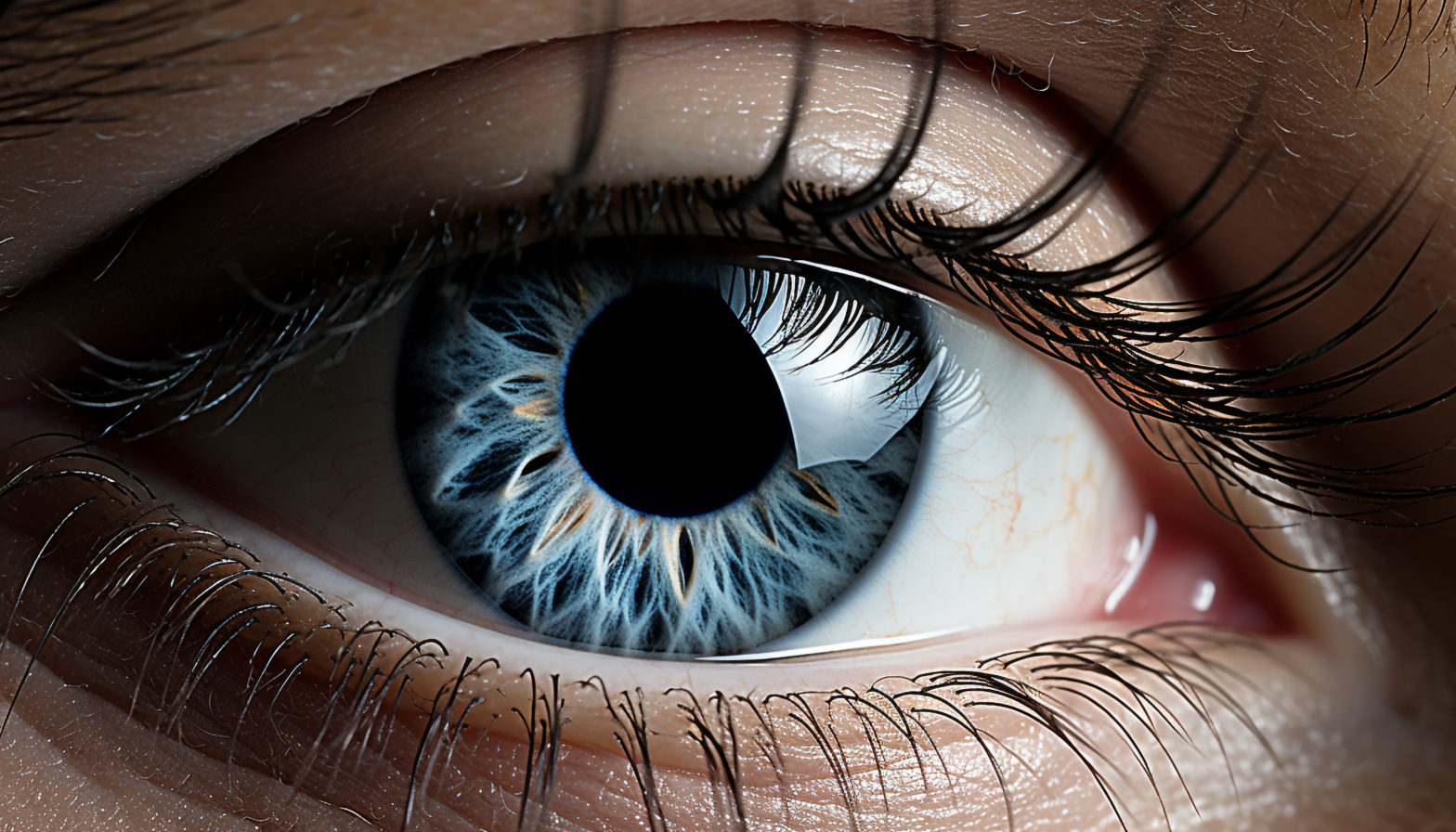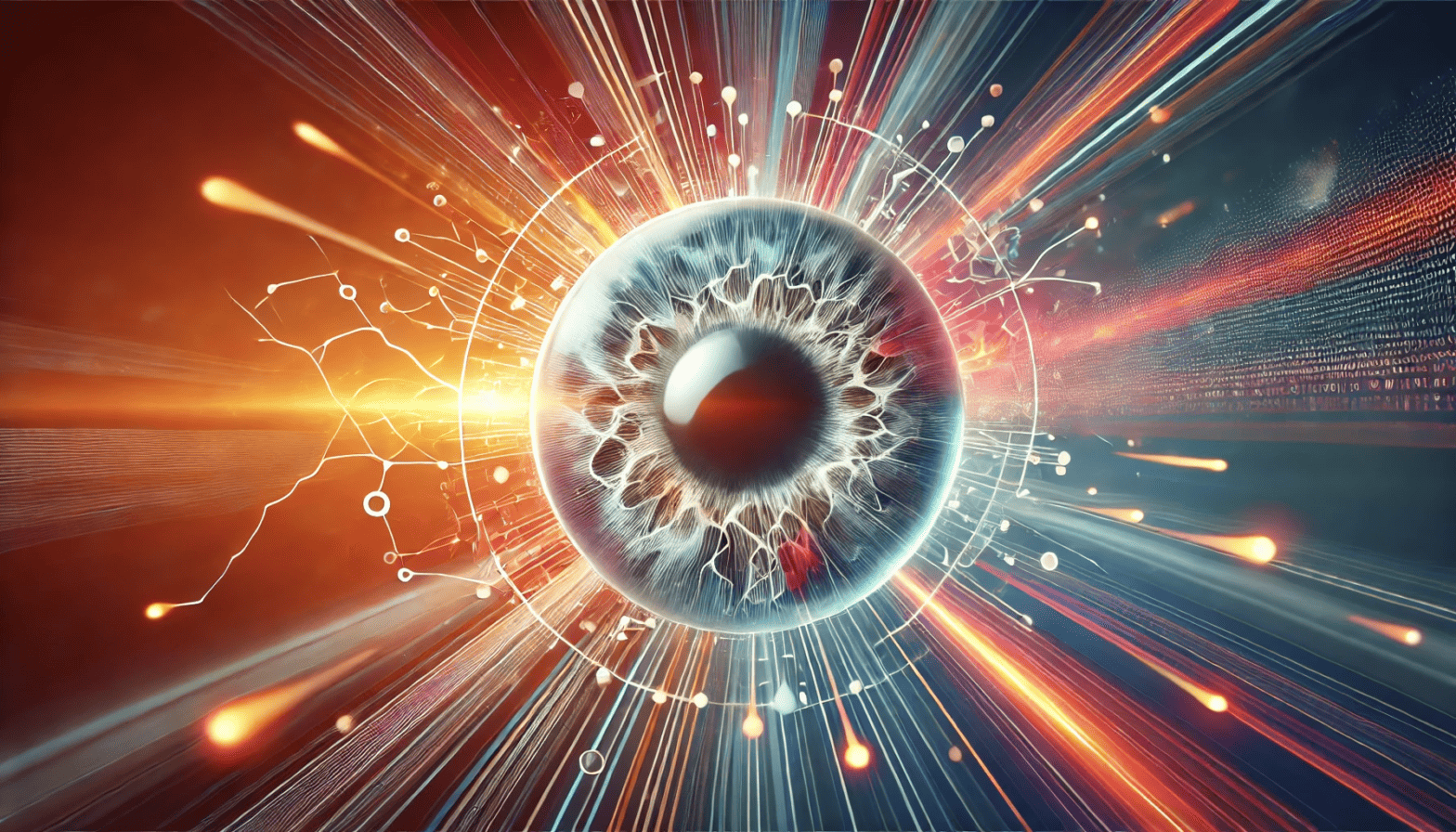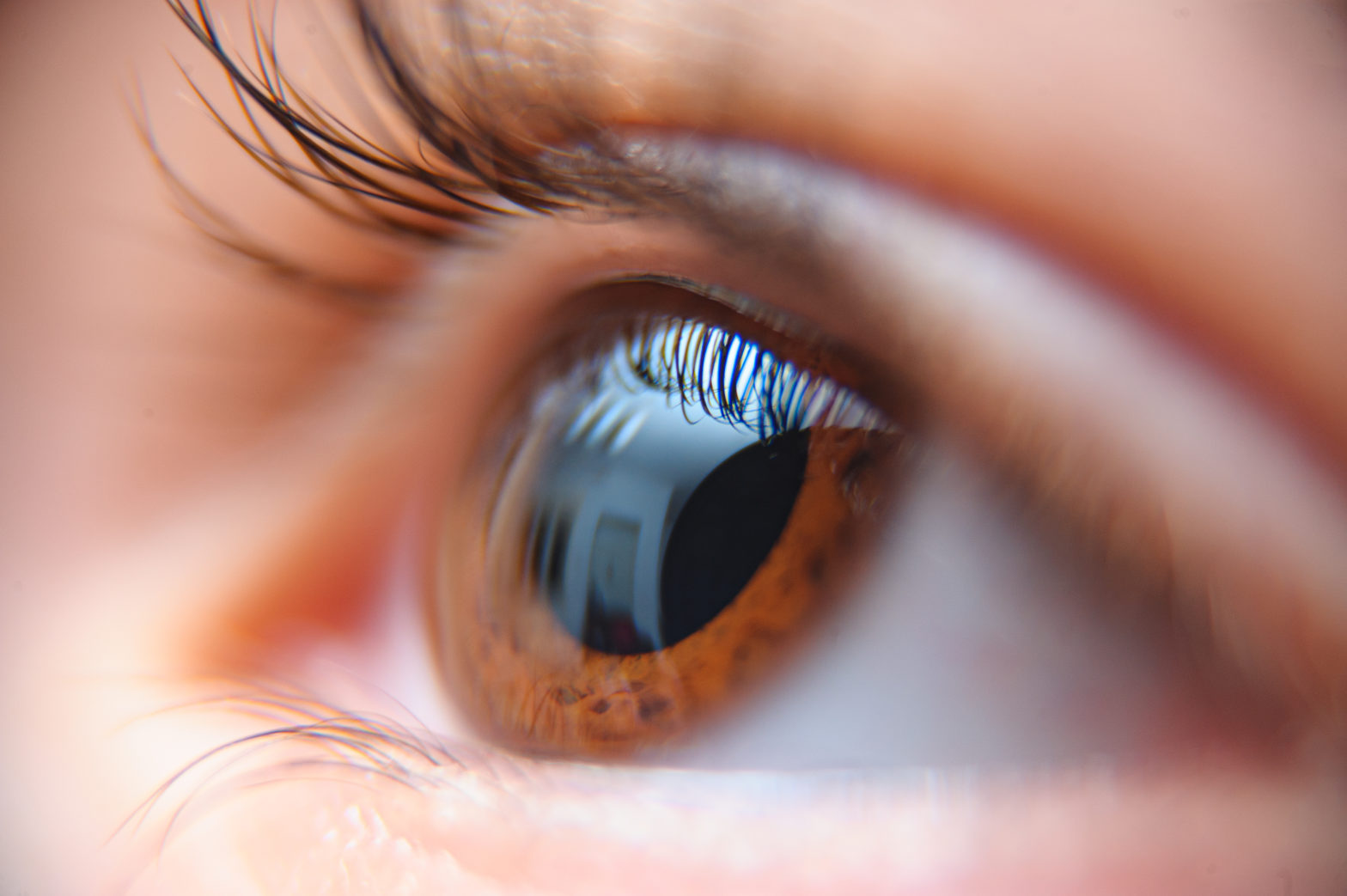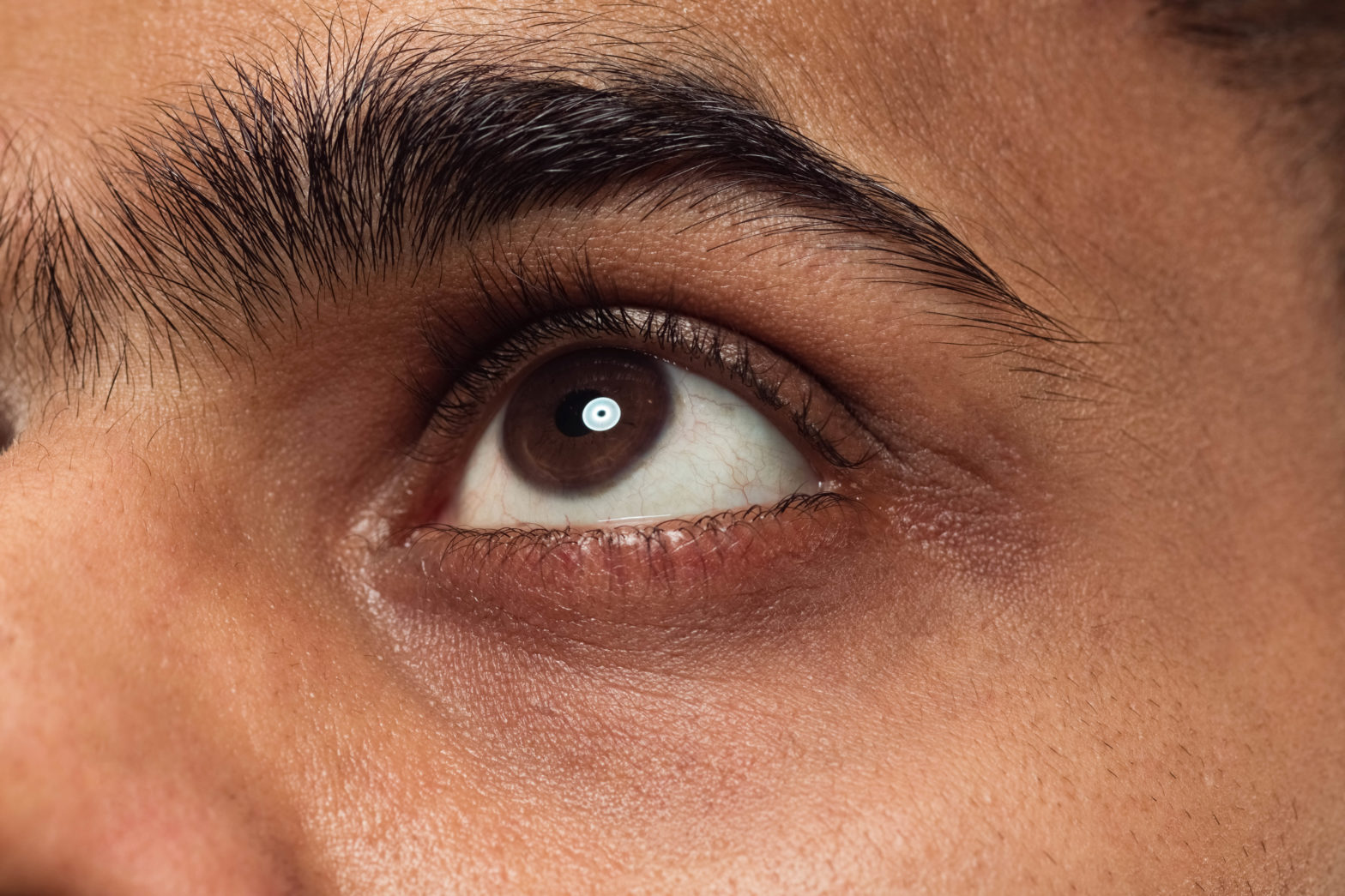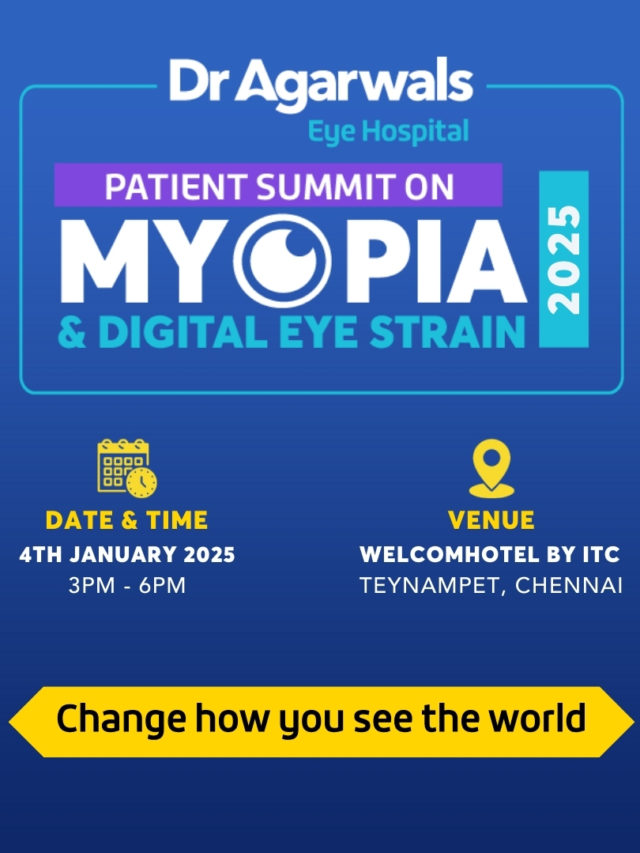“മരണം ഒരു മുറിയിൽ നിന്ന് മറ്റൊരു മുറിയിലേക്ക് കടക്കുന്നതിനേക്കാൾ കൂടുതലല്ല. പക്ഷെ എനിക്കൊരു വ്യത്യാസമുണ്ട്, നിങ്ങൾക്കറിയാം. കാരണം ആ മറ്റേ മുറിയിൽ എനിക്ക് കാണാൻ കഴിയും.”-ഹെലൻ കെല്ലർ, പ്രശസ്ത ബധിര അന്ധ എഴുത്തുകാരി.
ഇന്നും അത്തരം നിരവധി ഹെലൻ കെല്ലർമാർ നമുക്കുണ്ട്. ഇന്ത്യയിൽ 12 ദശലക്ഷത്തിലധികം അന്ധരുണ്ട്, അതിൽ 4 ദശലക്ഷത്തിലധികം പേർ കോർണിയ അന്ധരാണ്, അതായത് അവരുടെ കോർണിയയാണ് അവരുടെ അന്ധതയ്ക്ക് കാരണം. നിങ്ങളുടെ കണ്ണുകളുടെ സുതാര്യമായ സുതാര്യമായ മുൻ ഉപരിതലമാണ് കോർണിയ. പ്രകാശകിരണങ്ങൾ കണ്ണിലേക്ക് കടക്കുമ്പോൾ അവയെ സംയോജിപ്പിക്കാൻ സഹായിക്കുന്നതിലൂടെ കാഴ്ചയിൽ ഇത് ഒരു പ്രധാന പങ്ക് വഹിക്കുന്നു.
എന്നിരുന്നാലും, ഹെലൻ കെല്ലർ ഇരുപതാം നൂറ്റാണ്ടിലേതാണ്. അടുത്ത നൂറ്റാണ്ടിലേക്ക് നാം ചുവടുവെച്ചിരിക്കുന്നു, അതുപോലെ വൈദ്യശാസ്ത്രത്തിന്റെ പുരോഗതിയും. ഇപ്പോൾ, കോർണിയ അന്ധരായവർ മരിക്കാൻ കാത്തിരിക്കേണ്ടതില്ല, അങ്ങനെ അവർ കാണും. കേടായ അതാര്യമായ കോർണിയയ്ക്ക് പകരം ദാതാവിൽ നിന്ന് ലഭിച്ച വ്യക്തമായ കോർണിയ ഉപയോഗിച്ച് നടത്തുന്ന ശസ്ത്രക്രിയയാണ് കോർണിയ ട്രാൻസ്പ്ലാൻറ്.
എന്നാൽ ആധുനിക വൈദ്യശാസ്ത്രത്തിന്റെ അത്ഭുതങ്ങളിൽ നിന്ന് അവർക്ക് പ്രയോജനം ലഭിക്കുന്നത് തടയുന്ന ഒരേയൊരു കാര്യമേയുള്ളൂ. നമ്മുടെ അടുത്തുള്ളവരും പ്രിയപ്പെട്ടവരും മരിക്കുമ്പോൾ അവരുടെ കണ്ണുകൾ ദാനം ചെയ്യുന്നതിൽ നിന്ന് നമ്മെ തടയുന്നതെന്താണ്? ആ ഒരു കാരുണ്യ പ്രവൃത്തിക്ക് രണ്ടുപേർക്ക് കാഴ്ച നൽകാൻ കഴിയും!
ഇന്നത്തെ കണക്കനുസരിച്ച്, രാജ്യത്തുടനീളമുള്ള ഏകദേശം 400 നേത്ര ബാങ്കുകളിൽ നിന്ന് പ്രതിവർഷം ഏകദേശം 20,000 കണ്ണുകളുടെ നേത്ര ശേഖരണ കണക്കുകൾ നിലകൊള്ളുന്നു. രോഗം, പരിക്ക്, അണുബാധ അല്ലെങ്കിൽ പോഷകാഹാരക്കുറവ് എന്നിവ കാരണം ഓരോ വർഷവും ഏകദേശം 25,000 അന്ധരായ ആളുകൾ കൂട്ടിച്ചേർക്കപ്പെടുന്നു എന്ന വസ്തുത കണക്കിലെടുക്കുമ്പോൾ, ഈ സംഖ്യകൾ നമ്മുടെ വാർഷിക ആവശ്യകതയെപ്പോലും നിറവേറ്റുന്നില്ല. ഇത് നമ്മുടെ വർദ്ധിച്ചുവരുന്ന ജനസംഖ്യ നമുക്ക് ഒരു മുതൽക്കൂട്ടാകാൻ കഴിയുന്ന ഒരു മേഖലയാണ്, എന്നാൽ അയ്യോ, ഞങ്ങളുടെ മനോഭാവത്തിന് നന്ദി, യുദ്ധത്തിൽ നമുക്ക് നഷ്ടപ്പെടും!
നമ്മൾ ഇപ്പോഴും ശ്രീലങ്കയിൽ നിന്ന് കണ്ണുകൾ ഇറക്കുമതി ചെയ്യുന്നു എന്നതാണ് ഞെട്ടിപ്പിക്കുന്ന വസ്തുത. ശ്രീലങ്ക, നമ്മുടെ 1/4 വലിപ്പമുള്ള രാജ്യമാണ്, സ്വന്തം ജനസംഖ്യയെ മാത്രമല്ല, ലോകത്തിലെ നിരവധി രാജ്യങ്ങളിലേക്ക് കണ്ണടയ്ക്കുകയും ചെയ്യുന്നു!
What are the Important Facts About Eye Donation?
What is the Procedure of Eye Donation?
Eye donation is a noble act that provides the gift of sight to individuals suffering from corneal blindness. The procedure for eye donation is simple and does not interfere with funeral arrangements. Below are the steps involved:
1. Expressing the Will to Donate
The donor or their family expresses the desire to donate eyes. This can be done by registering with an eye bank or informing family members of the intention.
2. Immediate Notification After Death
Eye donation must be done within 4-6 hours of death to ensure the viability of the corneas.
The family should contact the nearest eye bank or hospital immediately after the donor’s demise.
3. Eye Bank Coordination
The eye bank team coordinates with the family and sends a trained professional to the donor’s location to perform the procedure.
4. Eligibility Assessment
A quick medical history of the deceased is assessed to ensure eligibility for donation.
Certain conditions, such as infections or severe eye diseases, may disqualify donation.
5. Retrieval Procedure
The retrieval process is simple, performed by a certified eye bank technician or ophthalmologist.
The corneas are removed surgically under sterile conditions, taking 20-30 minutes.
Only the corneas or a thin layer of tissue is removed, leaving the donor’s appearance unaffected.
6. Preservation and Storage
The retrieved corneas are preserved in a specialized solution and transported to the eye bank.
Advanced techniques ensure that the corneas remain viable for transplant.
7. Corneal Transplant
The donated corneas are evaluated and matched with recipients based on medical criteria.
A corneal transplant is then performed to restore vision to a patient in need.
8. Follow-Up Communication
Families may receive acknowledgment of the donation, often without revealing recipient details due to confidentiality.
Which Part of the Eye is Donated After Death?
After death, the cornea, the transparent, dome-shaped front part of the eye, is the primary part donated. The cornea plays a crucial role in focusing light into the eye, allowing us to see clearly. Corneal donation helps restore sight to individuals suffering from corneal blindness caused by injury, disease, or infection.
Why Only the Cornea?
The cornea is avascular (has no blood vessels) and can be transplanted without the risk of rejection associated with other tissues.
Other parts of the eye, such as the retina or optic nerve, are not suitable for transplantation due to their complexity and current medical limitations.
How the Cornea is Used
The donated cornea is surgically transplanted into a recipient suffering from corneal blindness.
It replaces the damaged or diseased cornea, restoring the recipient’s vision.
Sclera Donation
In some cases, the sclera (the white outer layer of the eye) can also be used for reconstructive surgeries.
Rest of the Eye
While the cornea and sclera are primarily utilized, the remaining parts of the eye may be used for research and education, contributing to advancements in ophthalmology.
Conditions When You Cannot Donate Eyes?
- എയ്ഡ്സ് അല്ലെങ്കിൽ എച്ച്.ഐ.വി
- സജീവ വൈറൽ ഹെപ്പറ്റൈറ്റിസ്
- സജീവ വൈറൽ എൻസെഫലൈറ്റിസ് (തലച്ചോറിന്റെ വീക്കം)
- റാബിസ്
- റെറ്റിനോബ്ലാസ്റ്റോമ (കണ്ണിന്റെ അർബുദം)
- സെപ്റ്റിസീമിയ (രക്തപ്രവാഹത്തിലെ ബാക്ടീരിയ)
- സജീവ രക്താർബുദം (ഒരു തരം രക്താർബുദം)
- മറ്റ് പകർച്ചവ്യാധികൾ
What are the Importance of Eye Donation?
What is the Importance of Eye Donation?
Eye donation is a selfless act that profoundly impacts individuals and society. It not only restores vision to those suffering from blindness but also enhances their quality of life, enabling them to lead more independent and fulfilling lives. Below are the key points highlighting the importance of eye donation:
Restoration of Vision
The primary importance of eye donation is that it helps restore sight to individuals suffering from corneal blindness.
One donated pair of eyes can benefit up to two people, providing them with a new lease on life.
Addressing Corneal Blindness
Millions worldwide suffer from corneal blindness due to injury, infection, or genetic conditions.
Eye donation is the only effective way to treat these cases and reduce the global burden of blindness.
Transforming Lives
Restoring vision enables recipients to gain independence, pursue education, work, and actively contribute to society.
It enhances their emotional well-being and confidence, improving their overall quality of life.
Promoting Medical Research
Donated eyes that are unsuitable for transplantation can be used for medical research and education.
This contributes to advancements in ophthalmology, developing better treatments and surgical techniques.
Creating Awareness and Inspiration
Eye donation inspires others to contribute to this cause, fostering a sense of community and compassion.
Families of donors often find solace in knowing that their loved one’s legacy lives on through the recipients.
No Cost or Delay in Funeral Rites
The procedure is simple and does not interfere with funeral arrangements.
This encourages more people to consider eye donation, as it respects cultural and personal values.
Alleviating Eye Bank Shortages
There is a significant gap between the demand and supply of corneas globally.
Eye donation helps reduce waiting lists and ensures timely treatment for those in need.
നിങ്ങളുടെ കുടുംബത്തിൽ മരണമുണ്ടായാൽ അവരുടെ കണ്ണുകൾ ദാനം ചെയ്യാൻ നിങ്ങൾ ആഗ്രഹിക്കുന്നുവെങ്കിൽ:
- ഫാൻ സ്വിച്ച് ഓഫ് ചെയ്യുക
- ദാതാവിന്റെ കണ്പോളകൾ അടയ്ക്കുക
- മരിച്ച വ്യക്തിയുടെ തലയ്ക്ക് താഴെ തലയിണ വെച്ച് തല ചെറുതായി ഉയർത്തുക
- കഴിയുന്നതും വേഗം അടുത്തുള്ള നേത്ര ബാങ്കുമായി ബന്ധപ്പെടുക
- ഡോക്ടറുടെ മരണ സർട്ടിഫിക്കറ്റ് ലഭ്യമാണെങ്കിൽ, അത് തയ്യാറാക്കി വയ്ക്കുക
- നേത്രദാനം 2 സാക്ഷികളുടെ സാന്നിധ്യത്തിൽ അടുത്ത ബന്ധുക്കളുടെ രേഖാമൂലമുള്ള സമ്മതം ആവശ്യമാണ്
What to Do for Eye Donation?
നിങ്ങളുടെ അടുത്തുള്ള നേത്ര ബാങ്കിൽ വിളിച്ച് നിങ്ങളുടെ കണ്ണുകൾ ദാനം ചെയ്യാൻ പ്രതിജ്ഞയെടുക്കുക. നിങ്ങൾക്ക് നേത്രദാന കാർഡ് നൽകും. നേത്രദാനത്തിനായി നിങ്ങൾക്ക് 24 മണിക്കൂർ ടോൾ ഫ്രീ നമ്പറായ 1919 ഡയൽ ചെയ്യാം.

